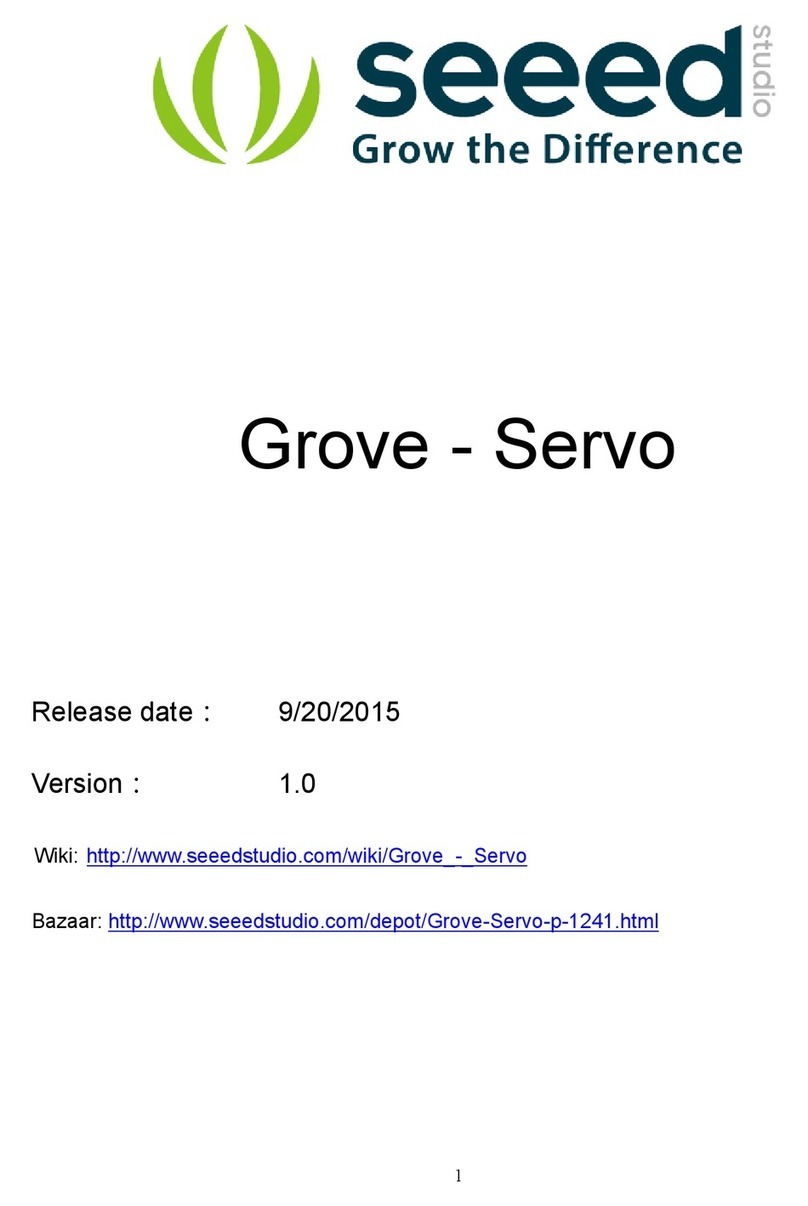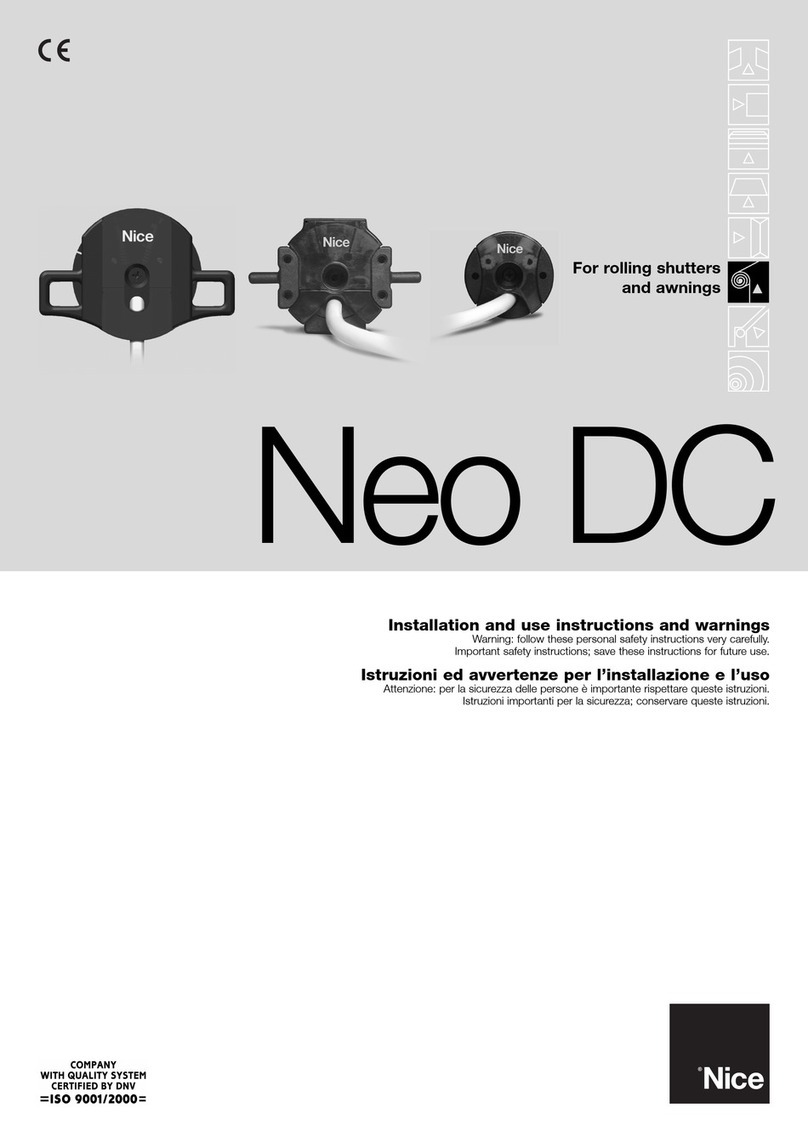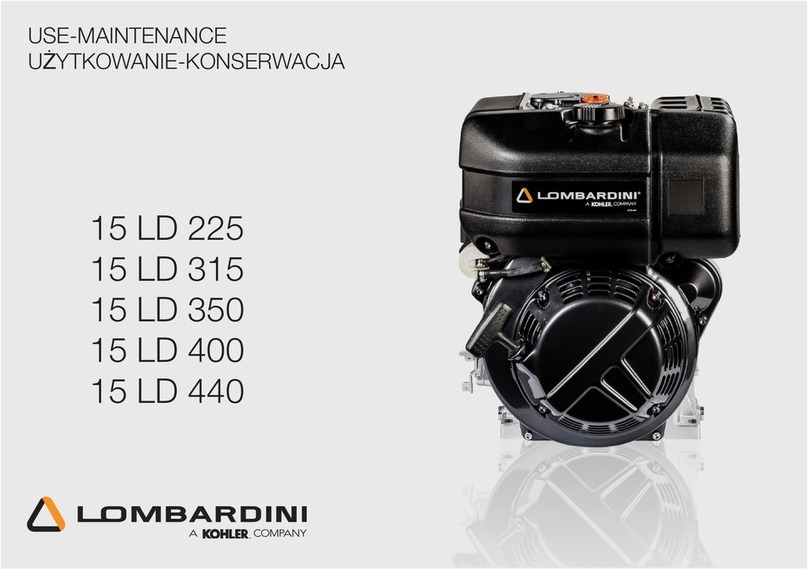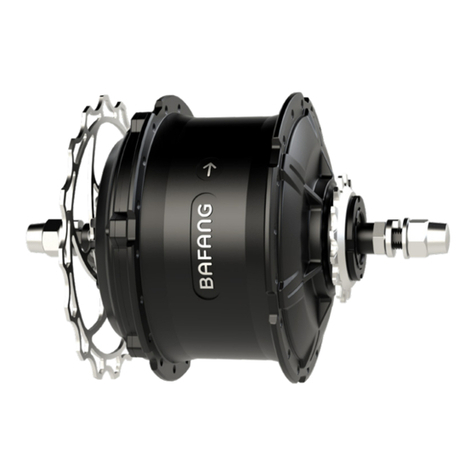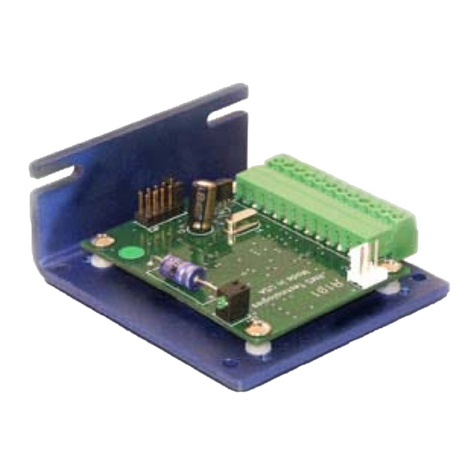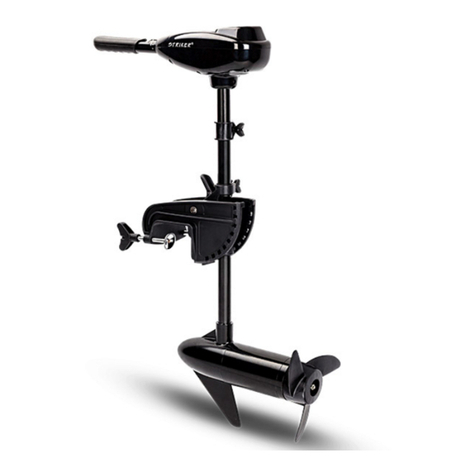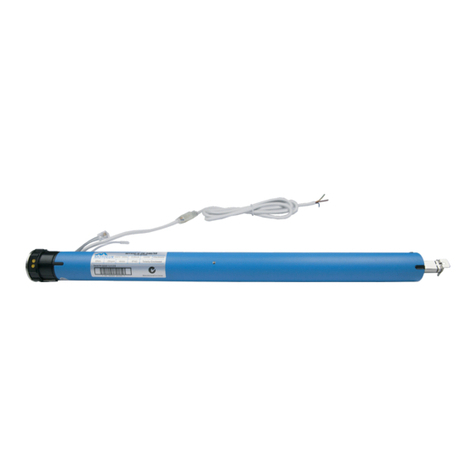Steyer Motors 4 Cylinders User manual

www.steyr-motors.com
STEYR MOTORS GmbH
Im Stadtgut B1, A-4407 Steyr-Glei k, AUSTRIA
4 CYLINDERS
+ 6 CYLINDERS
STEYR MARINE ENGINES
INSTALLATION
INSTRUCTION
P/N Z001007/0 4th Edition September 2007
4 CYLINDERS
+ 6 CYLINDERS

Z001007/0_4_September 2007
There are two mai purposes i publishi g this book:
a) To assist in the selection of suitable engines and auxiliary equipment for marine craft.
b) The provide information in the form of technical data and installation "know - how" built up from
our marine diesel engine business, enabling 4 & 6 Cyl. STEYR MARINE engines of series
to be installed in a manner which will ensure safety, reliability and ease of servicing.
ake sure to comply with all laws and regulations valid in the country of operation and for the respective type
of boat.
It is particularly important too, to ensure that the engine installation complies with the Health and Safety
Legalisation of the country of intendad operation.
Before starting work, make a detailled planning, use true scale drawings and consider all assembly data
available.
To guarantee a proper function of the engine and its built-on parts, the correct installation is of utmost
importance. These works are to be carried out with greatest care. ake sure prior to assembly that true scale
drawings and installation data are available, which will enable you to realize a satisfactory technical pre-
planning and installation.
The engine compartment is to be designed in such a way that maintenance work on the engine will not be
impeded. Consult the Operating anual of the engine and the drawings. There should also be enough space
to permit an inward- and outward lifting of the engine.
The installation is to be done in such a way that the engine is easily accessible for regular routine and
maintenance works, in order to avoid unnecessary maintenance costs for the owner.
Product descriptio , illustratio a d tech ical data
When reference is made in this manual to a brand name, a product number, a product or specific tool, an
equivalent product may be used in place of the product or tool referred to, unless specifically stated
otherwise. To exclude any possible danger, the operator has to provide for respective safety precautions.
All data, illustrations and specifications in this manuel are based on the latest product data available at the
time of printing. But it cannot be guaranteed that this manual will always be up to date. Revised versions with
a later date of edition will replace all previous editions.
Warra ty: This may be invalidated if the engine is not installed or operated / maintained according to
STEYR OTORS instructions.
The illustratio s i this ma uel do ot always come up to the actual equipme ts or compo e ts, a d
serve first of all as a refere ce.
STEYR MOTORS GmbH reserves the right to make cha ges at a y time, without otice, as to
tech ical data or models, a d also to disco ti ue certai models. STEYR MOTORS GmbH also
reserves the right to cha ge a y tech ical data or compo e ts at a y time, without i curri g a y
obligatio to equip same o models ma ufactured prior to the date of such cha ge.
PREFACE

Z001007/0_4_September 2007
1. GENERAL
2. GENERAL INFORMATION ON INSTALLATION
3. QUALITY DIRECTIVES FOR ASSEMBLY
4. VARIANTS ENGINE - PROPULSION
5. ENGINE INSTALLATION
6. COOLING SYSTEM
7. FUEL SYSTEM
8. E HAUST SYSTEM
9. AIR INTAKE AND VENTILATION
10. AU ILIARY PROPULSION
11. SAFETY COVERS
12. BILGE PUMPS
13. CABIN HEATING
14. NOISE ATTENUATION
15. CONTROL STATION
16. ELECTRICAL EQUIPMENT AND INSTRUMENTS
17. DRILL TEMPLATES
18. APPENDI
PREFACE

Z001007/0_4_September 2007
VERSIONS OF MANUAL
Versio Date Modificatio
1.0 01. 11. 1998 First editio
2.0 01. 03. 1999 Modificatio
3.0 01. 04. 2006 Modificatio
4.0 01. 09. 2007 Modificatio
PREFACE

Z001007/0_4_September 2007 Page GENERAL-1
GENERALINSTALLATION INSTRUCTION
1. GENERAL
The installation of a marine engine is a very comprehensive task to be carried out with greatest care and attention.
efore beginning, plan the execution and the works very carefully.
There should be space for the following components:
Control, manoeuvring apparatus, instrument panel with laced wiring harness, fuel tanks, pipings, batteries,
engine compartment blower, air-vent conduits.
Don't forget that the engine compartment, the tank compartment and the battery box must be separated from
each other, to reduce the danger of fire. In addition, separate fire extinguishers must be available, e.g. in the
pantry, depending on boat size and type.
1.1. REGULATIONS
Note that each country has its own safety regulations as to installation. It is necessary, therefore, that the
boatbuilder/engine fitter is aware of the safety regulations in his country, before beginning works.
1.2. RESPONSIBILITIES OF BOAT OWNERS
As a boat owner, you have certain responsibilites to others.
You are legally responsible for all occupants of your boat. Show all assistants the location of the emergency
equipment and how to use it. Your are required by law to have aboard one proper life jacket for each person, plus
one approved throwable device for man overboard protection.
Learn the local waterway rules for boats and ships. Navigable waterways are controlled by Federal regulations.
Obey these regulations to protect yourself, your passengers and your fellow boating enthusiasts.
Thoroughly familiarize yourself with weather station warning systems and waterway nautical signals.
Contact your local Coast Guard station and take advantage of their seasonal boat inspections and training
courses.
The manner and circumstances of the application, installation and use of the engine is not under the direct control
of STEYR MOTORS and Steyr cannot be held liable for any loss or damange where the installer or user has not
followed advise given by the Company.

GENERAL
Page GENERAL-2 Z001007/0_4_September 2007
INSTALLATION INSTRUCTION
THIS PAGE IS INTENTIONALLY BLANK

Z001007/0_4_September 2007 Page GENERAL INFORMATION-1
GENERAL INFORMATIONINSTALLATION INSTRUCTION
2.1. WEIGHT-DISTRIBUTION BALANCE .................................................3
2.2. ACCESSIBILITY .................................................................................3
2.3. DISPLACEMENT OF WATER ............................................................4
2.3.1. Examp es for B ock Coefficient .............................................. 4
2.4. SAFETY IN DEALING WITH FUEL AND OIL..................................... 5
2.5. LIST OF FUEL AND OIL.....................................................................6
2.5.1. Manua s .................................................................................... 7
2.6. SI-SYSTEM ......................................................................................... 8
2.7. ABBREVIATIONS ...............................................................................9
2.8. GENERAL INFORMATION ON SAFETY ........................................... 10
2.9. GUIDELINES FOR DAMAGE PREVENTION ..................................... 10
2.10. LEGAL RULES ...................................................................................10
2.11. DISPOSAL OF AUTOMOTIVE WASTE PRODUCTS ........................10
2.12. SAFETY IN DEALING WITH FUEL AND OIL..................................... 11
2.13. MEASURES IN CASE OF ACCIDENTS ............................................. 11
2. GENERAL INFORMATION ON INSTALLATION
TABLE OF CONTENTS

GENERAL INFORMATION
Page GENERAL INFORMATION-2 Z001007/0_4_September 2007
INSTALLATION INSTRUCTION
2. GENERAL INFORMATION ON INSTALLATION
NOTES

Z001007/0_4_September 2007 Page GENERAL INFORMATION-
GENERAL INFORMATIONINSTALLATION INSTRUCTION
2. GENERAL INFORMATION ON INSTALLATION
2. 1. WEIGHT-DISTRIBUTION BALANCE
It is important that the heavy components, such as fuel tanks, ater tanks and batteries are installed in such a
ay that the best possible planing position of the boat ill be kept.
Of course the optimum gliding position differs from boat to boat but the best possible eight-distribution balance
should al ays be the aim.
ATTENTION! ON ACCOUNT OF THE RISK OF EXPLOSION AND FIRE THE FUEL TANKS,
BATTERIES AND ENGINES ARE TO BE PLACED IN WELL VENTILATED COMPARTMENTS
SEPARATED FROM EACH OTHER. MORE DETAILS WILL FOLLOW.
2. 2. ACCESSIBILITY
During assembly of the engine, take greatest care as to accessibility for service orks.
An easy exchange of pump heels, oil filters, air filters, ater filters, fuel filters, V-belts etc. must be guaranteed.
ATTENTION! THERE SHOULD ALSO BE ADEQUATE SPACE FOR SOUND-ABSORBING
MATERIAL. DIMENSIONAL DRAWINGS OF THE RELEVANT ENGINE MAY BE FOUND IN
THE FOLLOWING CONTENTS.

GENERAL INFORMATION
Page GENERAL INFORMATION-4 Z001007/0_4_September 2007
INSTALLATION INSTRUCTION
2.3. DISPLACEMENT OF WATER
In order to determine the displacement of ater of a boat, the eight of the boat should if possible be measured.
If this is not possible and if there is also no model of the hull ith the boatbuilder, a computation is to be made.
Before beginning computing, the position of the ater line should be checked on different points of the hull, and
this ith normal boat loading, since every change in eight has a strong effect on the speed of the boat.
At first, subdivide the hull into different sectors. Overlapping of
the individual sectors ith the actual aterline ill
result in different fields ith different volumes, and by
adding these volumes the displacement of ater can
be calculated.
For the accuracy of calculation the number of subdivisions is
determining (e.g. Simpson's First Rule, Murphys
La ...).
The displacement of ater can also be determined by the
BLOCK COEFFICIENT hich, ho ever, is more
inaccurate. In this case, the difference bet een the
volume of the keel and that of a body hich intersects
the outer edges of the boat is determined. But in
practice it is very difficult to compute the volume of
the keel.
2.3.1. Examp es for the B ock Coefficient
By means of the "BLOCK COEFFICIENT" the displacement of ater can be estimated for every type of boat.
The value in ill. 14 refers to a section of the hull at the idest spot.

Z001007/0_4_September 2007 Page GENERAL INFORMATION-5
GENERAL INFORMATIONINSTALLATION INSTRUCTION
2. 4. SAFETY IN DEALING WITH FUEL AND OIL
Dan erous materials, according to accident prevention, are all explosive, fire-provoking, easy flammable,
poisonous, injurious to health and corrosive materials.
In particular:
- cleaning gasoline
- mineral oil
- battery acid
- antifreeze
- varnish and dilutions
- solvent.
In case of fire of such materials, do not extinguish ith ater. Use carbon dioxide extinguishers or po der
extinguishers. Notify the fire department.
In case of spillin such materials, e.g. hile refueling, these are to be absorbed ith sand, earth or suitable
binding agents, and to be eliminated.
Attention: To avoid health troubles, the follo ing items are to be considered:
- Avoid direct contact with dan erous materials.
- Chan e clothin contaminated with dan erous materials as soon as possible.
- Do not keep oily cloths in your overalls.
- Clean oily parts of your body only with skin-care products (never use abradin sand or solvent).
- Never put such materials into drinks bottles.

GENERAL INFORMATION
Page GENERAL INFORMATION-6 Z001007/0_4_September 2007
INSTALLATION INSTRUCTION
2.5. LIST OF FUEL AND OIL
Designation
set of fuel and oil for engine service, consisting of:
- STEYR Turbo Diesel motor oil SAE 5W-50 (4l. can.)
- STEYR MOTORS engine coolant (5l. can.)
- hydraulic oil ATF (1l. bottle)
- grease, Never - Seez; NS-160 B (1 kg can.)
- caoutchouc sealing / electric contacts (148 ml can.)
- thread protection 243 (10 ml flask)
- surface sealing 509 (315 ml cartridge)
- surface sealing 5900 (300 ml cartridge)
- construction adhesive 620 (50 ml flask)
- construction adhesive 262 (50 ml flask)
- contact grease (100 ml tube)
- corrosion protection spray (400 ml can.)
- corrosion protection ax (120 ml can.)
- grease STABURAX NBU4 (1 kg can.)
- fuel rust protection additive (5 lt can.)
- electric contact spray
- silver varnish, RAL 9006 (1 lt can)
- hardener varnish (0,5 lt can)
- dilution for varnish (5 lt can)
Qty.
1
3
3
2
1
1
1
1
1
1
1
1
1
1
1
1
1
1
1
1
Order No.
VR00207/0
Z010058/0
Z011785/0
9000190/0
Z012222/0
Z909570/0
9000059/1
9000297/1
9000298/1
9000019/1
9000017/1
Z010207/0
Z010226/0
Z010227/0
Z010084/0
Z010205/0
9000197/0
Z011627/0
Z010074/0
Z010075/0

Z001007/0_4_September 2007 Page GENERAL INFORMATION-7
GENERAL INFORMATIONINSTALLATION INSTRUCTION
2.5.1. Manua s
The follo ing documentation is available in English language on our ebsite:
http://www.steyr-motors.com/technical
technical documentation on CD - ROM P/N Z 001009/0
operation-, maintenance & arranty manual
for all marine engines P/N Z 001022/0
tool catalogue for all marine engines P/N Z 001002/1
spare parts catalogue STEYR 94 td diesel marine P/N Z 001023/0
STEYR 144 vti/td diesel marine P/N Z 001005/0
STEYR 164 td diesel marine P/N Z 001015/0
STEYR 174 vti diesel marine P/N Z 001011/0
STEYR 166 td diesel marine P/N Z 011796/1
STEYR 236 FDE P/N Z 011796/0
STEYR 236 td diesel marine P/N Z 011796/1 - Z011769/2
STEYR 246 td diesel marine P/N Z 011800/0
STEYR 256 td diesel marine P/N Z 011810/0
STEYR 266 td diesel marine P/N Z 011805/0
installation manual for marine engines P/N Z 001007/0
service manual for all marine engines P/N Z 001019/0
operator's manual marine gear ZF P/N Z 001003/0
Diagrams marine engine functions on CD P/N Z 001021/0

GENERAL INFORMATION
Page GENERAL INFORMATION-8 Z001007/0_4_September 2007
INSTALLATION INSTRUCTION
2.6. SI-SYSTEM
The follo ing units are used:
units of len th units of pressure and tension
km = kilometer bar = bar
m = meter Pa = Pascal
mm = millimeter N/mm2= Ne ton per square millimeter
" = inch
ft = foot
yd = yard
le = line
units of area units of ener y
m2= square meter J = joule
cm2= square centimeter kW/h = kilo att-hour
ft2= square foot
yd2= square yard
units of volume units of ener y
m3= cubic meter kW = kilo att
cm3= cubic centimeter PS = horsepo er
dm3= cubic decimeter
mm3= cubic millimeter
ft3= cubic foot
yd3= cubic yard
l = liter
units of measure units of temperature
t = ton K = degree Kelvin
kg = kilogram ° C = degree centigrade
g = gram
units of force units of time
N = Ne ton h = hour
kN = kilo Ne ton min = minute
daN = deca Ne ton s = second
electric units speeds
A = ampere km/h = kilometer per hour
V = volt m/s = meter per second
W = ohm
µF = mikrofarad
fuel consumption speeds
g/kWh = gram per kilo att-hour rpm. = revolutions per minute

Z001007/0_4_September 2007 Page GENERAL INFORMATION-9
GENERAL INFORMATIONINSTALLATION INSTRUCTION
2.7. ABBREVIATIONS
ill. illustration
Cu copper
HGrp master unit
Max. maximum
OT top dead center
PTO POWER TAKE OFF on crankshaft
SW head idth
c ater column

GENERAL INFORMATION
Page GENERAL INFORMATION-10 Z001007/0_4_September 2007
INSTALLATION INSTRUCTION
2.8. GENERAL INFORMATION ON SAFETY
This section does not include the scope of general kno ledge and the training of personnel as ell as the "general
rules of safety technics" and machine safety regulations - MSV.
Inappropriate behaviour and the ignorance of hazards during repair orks may result in injuries to persons.
The personnel on duty is to be trained accordingly and to be urged to respect the safety regulations.
2.9. GUIDELINES FOR DAMAGE PREVENTION
This section does not include the scope of general kno ledge and the training of material maintenance
personnel as ell as the "general rules of safety technics" and machine safety regulations - MSV.
Inappropriate behaviour and the ignorance of material maintenance may result in considerable material
damages.
While operating ith fuel and oil, take care not to apply them on the surface of optical systems.
Lubricants should form a thin film on the surface, surplus lubricants must be removed.
2.10. LEGAL RULES
The follo ing rules and guidelines are valid in Austria. For other countries, follo the local regulations.
2.11. DISPOSAL OF AUTOMOTIVE WASTE PRODUCTS
Used fuel and oil is to be collected in separate containers to permit an eventual subsequent treatment.
THE DISPOSAL OF ANY FUEL AND OIL FOR THE ENGINE IS SUBJECT TO THE SPECIAL
WASTE ACT. THE "SPECIAL WASTE CATALOGUE" ÖNORM S2100 REFERS TO THE
NECESSARY DISPOSAL IN AUSTRIA. PLEASE FOLLOW THE LOCAL REGULATIONS OF
YOUR COUNTRY.
The operating and maintenance personnel has to take care that fuel and oil as ell as other material ranking as
special aste are deposited at the respective collecting points.
Code No. Designation
31 423 oil contaminated ground or oil binder
54 102 aste oil
54 104 fuel
54 202 grease
54 207 vaseline
54 917 compact sealing material
54 927 oil contaminated scouring cloth
54 928 usel oil- and air filters
55 510 colour- or varnish containing aste

Z001007/0_4_September 2007 Page GENERAL INFORMATION-11
GENERAL INFORMATIONINSTALLATION INSTRUCTION
2.12. SAFETY IN DEALING WITH FUEL AND OIL
Dangerous orking materials, according to accident prevention, are all explosive, fire-provoking, easy flammable,
poisonous, injurious to health and corrosive materials.
In particular:
- spirit
- mineral oil
- battery acid
- antifreeze
- varnish and dilutions
- solvents.
In case of fire of such materials, do not extinguish ith ater. Use carbon dioxide extinguishers or po der
extinguishers. Notify the fire department.
In case of spilling such materials, e.g. hile refueling, these are to be absorbed ith sand, earth or suitable
binding agents, and to be eliminated.
ATTENTION: To avoid health troubles, the follo ing items are to be considered:
- Avoid direct contact ith dangerous materials.
- Change clothing contaminated ith dangerous materials as soon as possible.
- Do not keep oily cloths in your overalls.
- Clean oily parts of your body only ith skin-care products (never use abrading sand
or solvent).
- Never put orking materials into drinks bottles.
2.13. MEASURES IN CASE OF ACCIDENTS
Products First Aid
Skin Eyes S allo ing
Diesel fuel DO NOT VOMIT
and mineral oil remove contaminated rinse extensively ith The greatest hazard after
inadvertent taking consists in
lubricating grease clothing and thorough- ater for at least 10 min. the fact that through aspiration
liquid reaches the lung.
antifreeze ly clean the skin
brake fluid ith ater and soap SEE THE VOMIT SHOULD NOT BE
STIMULATED. IMMEDIATELY
battery acid DOCTOR SEE THE NEAREST DOCTOR

GENERAL INFORMATION
Page GENERAL INFORMATION-12 Z001007/0_4_September 2007
INSTALLATION INSTRUCTION
THIS PAGE IS INTENTIONALLY BLANK

Z001007/0_4_September 2007 Page QUALITY DIRECTIVES 1
QUALITY DIRECTIVESINSTALLATION INSTRUCTION
3.1. SPECIFICATION OF SPARE PARTS ..................................................3
3.2. WORKSHOP PROFILE ........................................................................3
3.3. ASSEMBLY OF PLUG CONNECTIONS .............................................. 4
3.3.1. Plug co ectio for steel tube ............................................... 4
3.3.2. Plug co ectio for plastic tube ............................................4
3.3.4. Checki g of plug co ectio s ................................................5
3.3.5. Assembly of Raufoss plug systems ....................................... 5
3.3.6. Seali g of screwed pipe joi ts .............................................. 5
3.3.7. Tighte i g torque .................................................................... 6
3.3.8. Pipe relayi g.............................................................................7
3.4. TIGHTENING TORQUES ..................................................................... 8
3.5. CHECKING OF TORQUE WRENCH ....................................................9
3.6. NONDESTRUCTIVE TESTING OF MATERIALS .................................9
3.7. USE OF ADHESIVE AND SEALING MATERIALS...............................9
3.8. SOLVENT FREE SEALING MATERIALS ............................................ 9
3.8.1. Ge eral directio s for use ......................................................10
3. QUALITY DIRECTIVES FOR ASSEMBLY
TABLE OF CONTENTS

QUALITY DIRECTIVES
Page QUALITY DIRECTIVES 2 Z001007/0_4_September 2007
INSTALLATION INSTRUCTION
3. QUALITY DIRECTIVES FOR ASSEMBLY
NOTES
This manual suits for next models
1
Table of contents
Popular Engine manuals by other brands
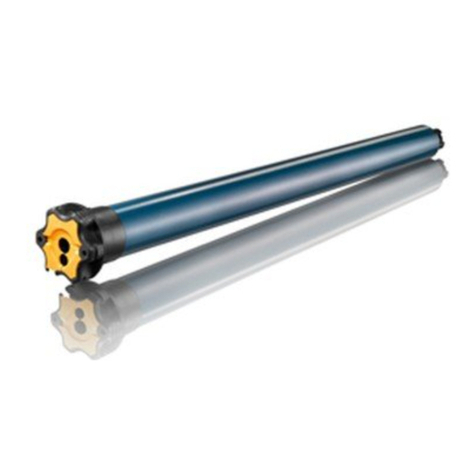
SOMFY
SOMFY Maestria WT manual

Detroit Diesel
Detroit Diesel 60 EGR Series Technician manual
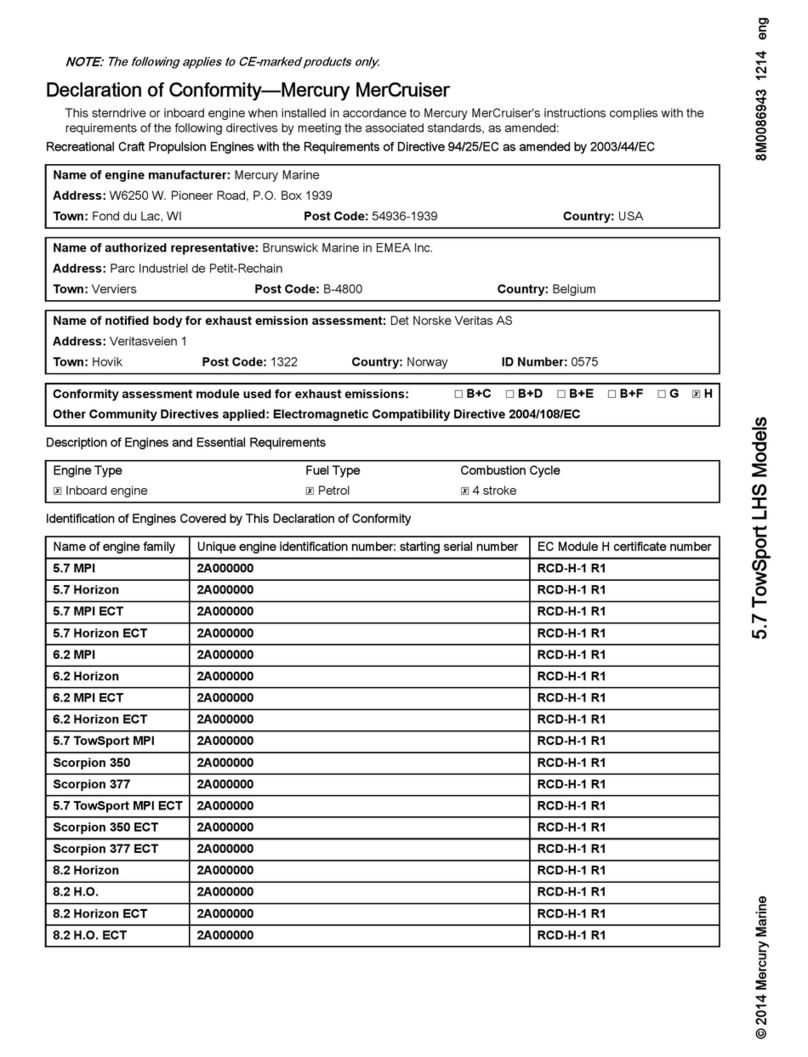
Mercury
Mercury MerCruiser Tow Sport 5.7 LHS manual
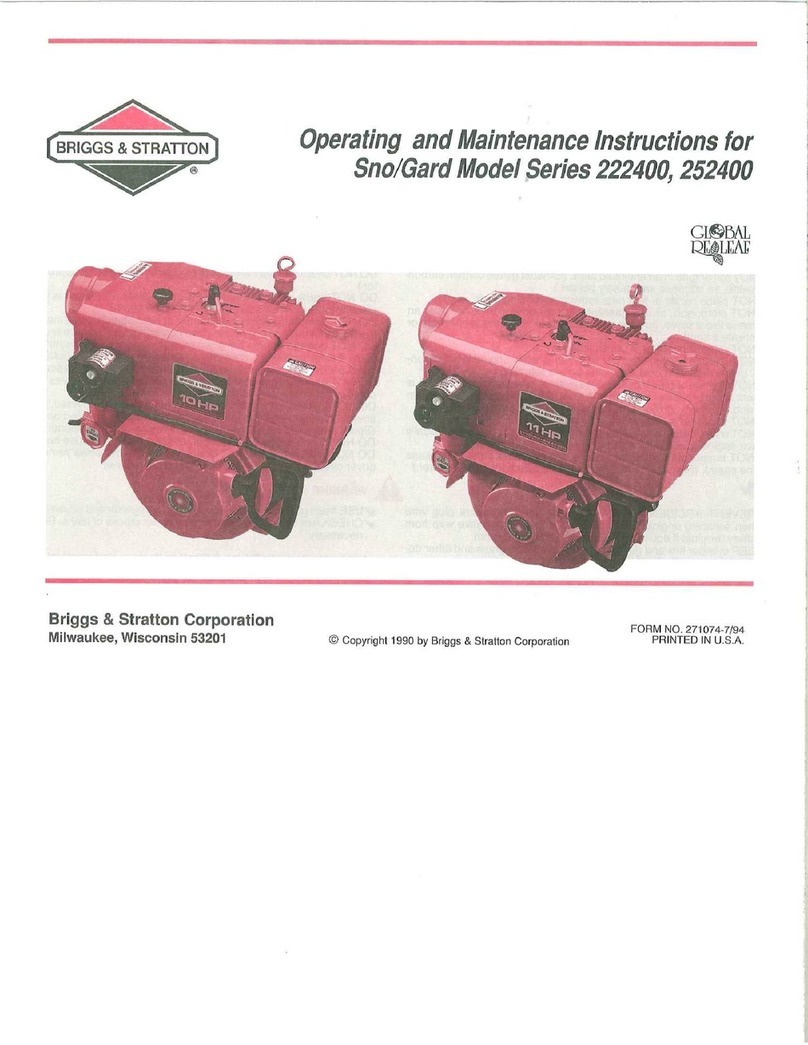
Briggs & Stratton
Briggs & Stratton Sno/Gard 222400 Series Operating and maintenance instructions

Briggs & Stratton
Briggs & Stratton 83100 Operator's manual
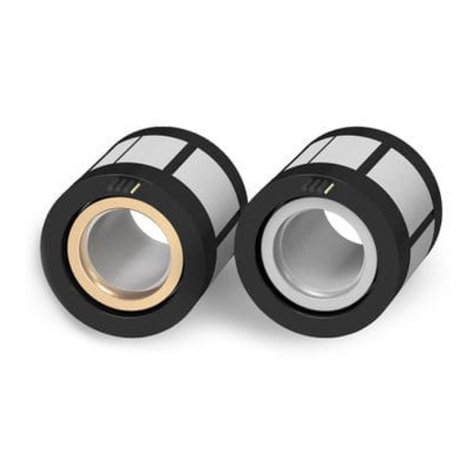
Siemens
Siemens SIMOTICS Series Hardware installation manual

